Peru
Welcome to Peru
Welcome to Peru, a land where ancient civilizations meet vibrant modern culture, and where every journey becomes a story worth telling. From the enigmatic ruins of Machu Picchu to the bustling culinary scene of Lima, Peru is a destination that enchants, surprises, and inspires. Whether you’re a history buff, an adventure seeker, or a lover of nature and food, Peru offers a tapestry of experiences that will linger in your memory long after you’ve returned home.
Peru is a country of dramatic contrasts and rich heritage. Nestled on the western edge of South America, it stretches from the arid Pacific coast through the soaring Andes mountains to the lush Amazon rainforest. This diversity is mirrored in its people, traditions, and landscapes. The capital, Lima, pulses with cosmopolitan energy and world-renowned gastronomy, while Cusco and the Sacred Valley transport you back to the days of the Inca Empire. Beyond the famous, Peru is filled with hidden gems: the white volcanic city of Arequipa, the mystical waters of Lake Titicaca, and the wildlife-rich Amazon basin. In 2025, Peru is embracing new trends in sustainable tourism, community-based travel, and immersive cultural experiences, making it more accessible and rewarding than ever before.
Why Visit Peru?
1.
A Journey Through Living History: Peru is a living museum, where you can walk among ancient ruins, participate in traditional festivals, and connect with indigenous communities whose customs date back centuries. Every corner tells a story, from the mysterious Nazca Lines etched into the desert to the colonial charm of Arequipa and the timeless rituals of the Andes.
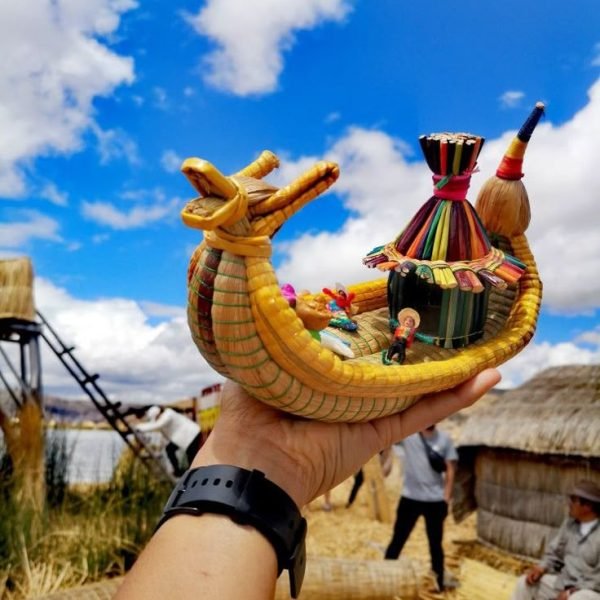
2.
Nature’s Masterpiece: Few places on earth offer such a dramatic range of landscapes. Trek through cloud forests to Machu Picchu, marvel at Rainbow Mountain’s surreal colors, cruise on Lake Titicaca, or venture deep into the Amazon Rainforest. Each region promises breathtaking scenery and unique wildlife encounters, making Peru a paradise for adventurers and nature lovers alike.
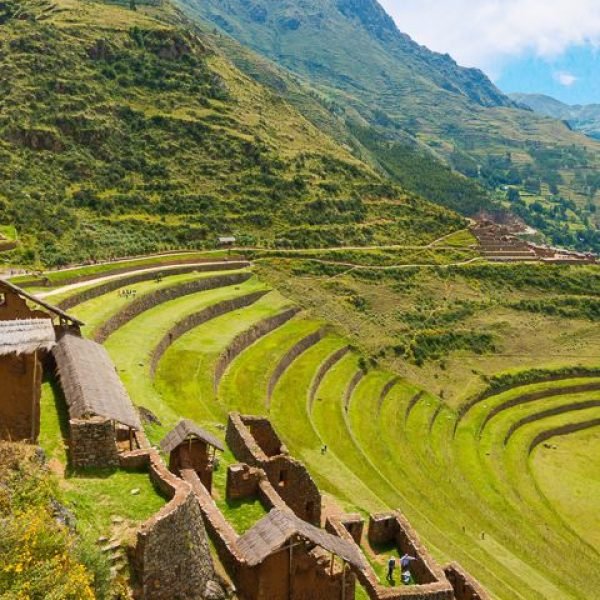
Planning Your Trip
Visa Information
For most travelers, visiting Peru is straightforward. Citizens from the United States, Canada, the European Union, Australia, and many other countries do not need a visa for tourist visits of up to 90 days. You’ll need a passport valid for at least six months beyond your planned departure date. Upon arrival, you may be asked to show proof of onward travel and sufficient funds for your stay. If you plan to work, volunteer, or stay longer, you’ll need to apply for the appropriate visa in advance, such as a Temporary or Resident Work Visa, which requires a job offer, supporting documents, and an application fee.
Best Time to Visit
Peru is a year-round destination, but your experience will vary greatly depending on when and where you travel. The country’s climate is shaped by its geography, with three main regions: coast, highlands, and rainforest.
- Dry Season (May to October): This is the ideal time for trekking, especially in the Andes and around Cusco and Machu Picchu. Days are sunny and nights are cool, with minimal rainfall. July and August are peak tourist months, so expect larger crowds and higher prices, especially at iconic sites like Machu Picchu.
- Wet Season (November to April): The coast is warm and sunny, perfect for enjoying Lima and beach towns. However, the highlands and Amazon see more rain, which can affect trekking conditions. The Inca Trail often closes for maintenance in February. This season is less crowded, and you may find better deals on accommodations and tours.
- Shoulder Seasons (April–May, September–November): These months offer a sweet spot—pleasant weather, fewer tourists, and vibrant landscapes. It’s a great time for both sightseeing and outdoor adventures.
Getting To and Around
Getting To Peru
Most international flights arrive in Lima’s Jorge Chávez International Airport, the country’s main gateway. Direct flights connect Lima to major cities in North and South America, as well as Europe. From Lima, domestic flights can whisk you to Cusco, Arequipa, Iquitos, and other key destinations in under two hours. Booking flights in advance is recommended, especially during peak season.
Getting Around Peru
Peru’s vast size and varied terrain mean you’ll likely use a mix of transport options:
- Domestic Flights: Fast and efficient for covering long distances between major cities and tourist hubs. Airlines connect Lima with Cusco, Arequipa, Juliaca (Lake Titicaca), and Puerto Maldonado (Amazon). Prices vary, but booking early can secure better deals.
- Trains: The train journey from Cusco to Machu Picchu is a highlight in itself, offering stunning views of the Sacred Valley. Luxury and budget options are available. There are also scenic trains to Puno (Lake Titicaca) and Arequipa.
- Buses: Peru’s intercity bus network is extensive and affordable. Premium buses offer comfortable seats, meals, and onboard entertainment, making them a good choice for budget-conscious travelers. Overnight routes are common for longer distances.
- Car Rentals: Renting a car offers flexibility, especially for exploring less-visited regions. However, be prepared for winding mountain roads and variable driving conditions. Prices range from $25 to $80 per day.
- Taxis and Ride-Sharing: In cities like Lima and Cusco, taxis and ride-sharing apps (such as Uber) are widely available, safe, and convenient for short trips.
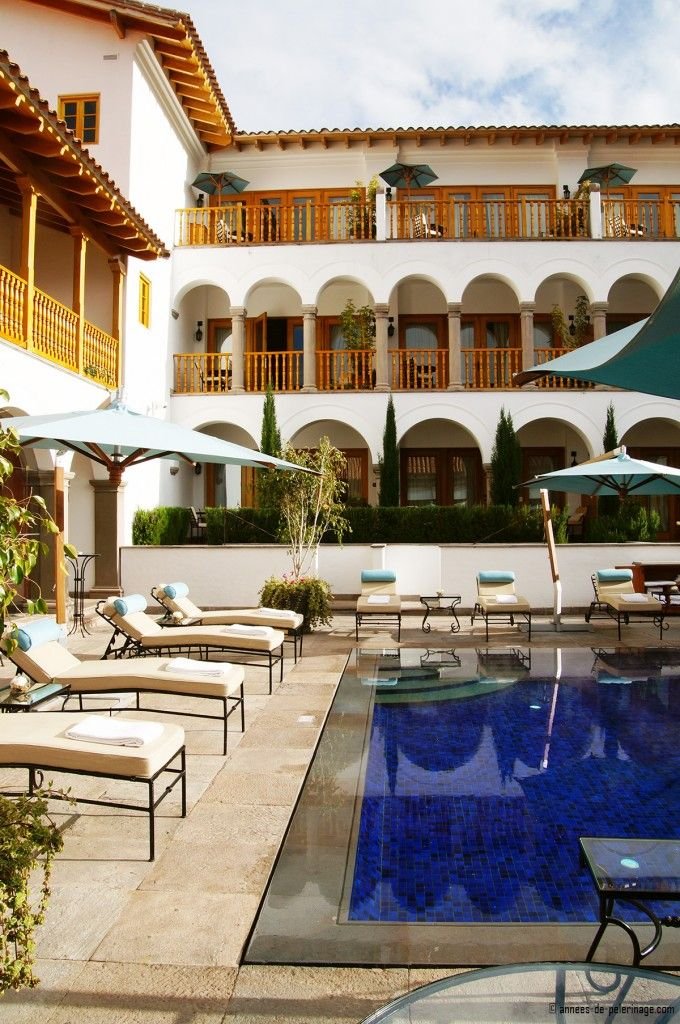
Accommodation
Peru’s accommodation scene is as diverse and vibrant as the country itself, offering something for every traveler, from budget backpackers to luxury seekers. Whether you’re waking up to the misty peaks of the Andes, the sounds of the Amazon rainforest, or the bustling streets of Lima, you’ll find a place to stay that fits your style, comfort needs, and budget.
Budget Accommodation
For those traveling on a shoestring, Peru is a welcoming destination. Hostels and budget guesthouses are plentiful in major cities like Cusco, Arequipa, and Lima, as well as along popular trekking routes and in smaller towns. Dorm beds typically start around $15 to $35 per night. These hostels often occupy charming historic buildings, featuring colorful courtyards, murals, and communal spaces where you can meet fellow travelers. Expect basic amenities—shared bathrooms, free Wi-Fi (sometimes slow), and hearty breakfasts that might include fresh bread, fruit, and local coffee. Many hostels offer social activities, city tours, or even yoga classes, especially in cities like Arequipa and Cusco.
Budget hotels are also common, especially in city centers and near major attractions. These family-run establishments offer private rooms with en-suite bathrooms starting from about $35 per night. While they may lack frills, you’ll often find clean rooms, friendly service, and a safe place to rest after a day of exploring. In smaller towns, simple guesthouses or hospedajes provide a homey touch, sometimes with homemade breakfasts and hosts eager to share local tips.
Mid-Range and Boutique Hotels
Travelers seeking a step up in comfort can choose from a wide array of mid-range hotels, boutique inns, and B&B-style stays. Prices generally range from $50 to $110 per night. Many of these accommodations are housed in beautifully restored colonial buildings or rustic-chic lodges with mountain views. Expect hot showers, quality linens, and locally sourced meals. In the Sacred Valley, you might stay in adobe casitas with fireplaces, while in Lima’s Barranco or Miraflores districts, boutique hotels offer stylish rooms and balconies overlooking vibrant neighborhoods. Some mid-range options include perks like free airport transfers, guided tours, or spa treatments.
Luxury and Unique Stays/ Jungle Lodges and Ecolodges
Luxury and Unique Stays
Peru’s luxury accommodation scene has grown rapidly, especially in destinations like Cusco, the Sacred Valley, Lake Titicaca, and the Amazon. High-end hotels start around $150 per night and can climb much higher for exclusive experiences. Imagine staying in a converted train car with panoramic Andean views, a lakeside spa resort where condors soar overhead, or an Amazon lodge with gourmet dining and private canopy walkways. Many luxury hotels blend elegance with local heritage—think handwoven textiles, original art, and architecture inspired by Inca or colonial traditions. Expect world-class service, wellness centers, and curated excursions, such as pisco sour lessons or guided wildlife tours.
Jungle Lodges and Ecolodges
A stay in the Amazon is a highlight for many visitors. Jungle lodges, especially around Puerto Maldonado and Iquitos, range from simple cabins to eco-luxury retreats. Prices start at about $60 per night and can include all meals, guided walks, and river excursions. Many lodges are only accessible by boat, offering a true escape into nature. Nights bring the sounds of the rainforest and starlit skies, while days are filled with wildlife spotting and cultural encounters with local communities.
Self-Catering and Vacation Rentals
For families or travelers seeking independence, self-catering apartments and vacation rentals are increasingly popular in cities like Lima, Arequipa, and Cusco. These rentals offer space, privacy, and the convenience of a kitchen—ideal for longer stays or those traveling with children. Neighborhoods like Miraflores and Barranco in Lima, or San Blas in Cusco, are especially popular for their safety, walkability, and access to markets and parks.
Booking Tips
- Book early for popular destinations like Machu Picchu, especially during peak season (June to August).
- In remote areas, confirm amenities such as hot water, heating, or Wi-Fi.
- Many accommodations include breakfast; some jungle lodges are full board.
- For the best deals, consider traveling during shoulder seasons (April–May, September–November).
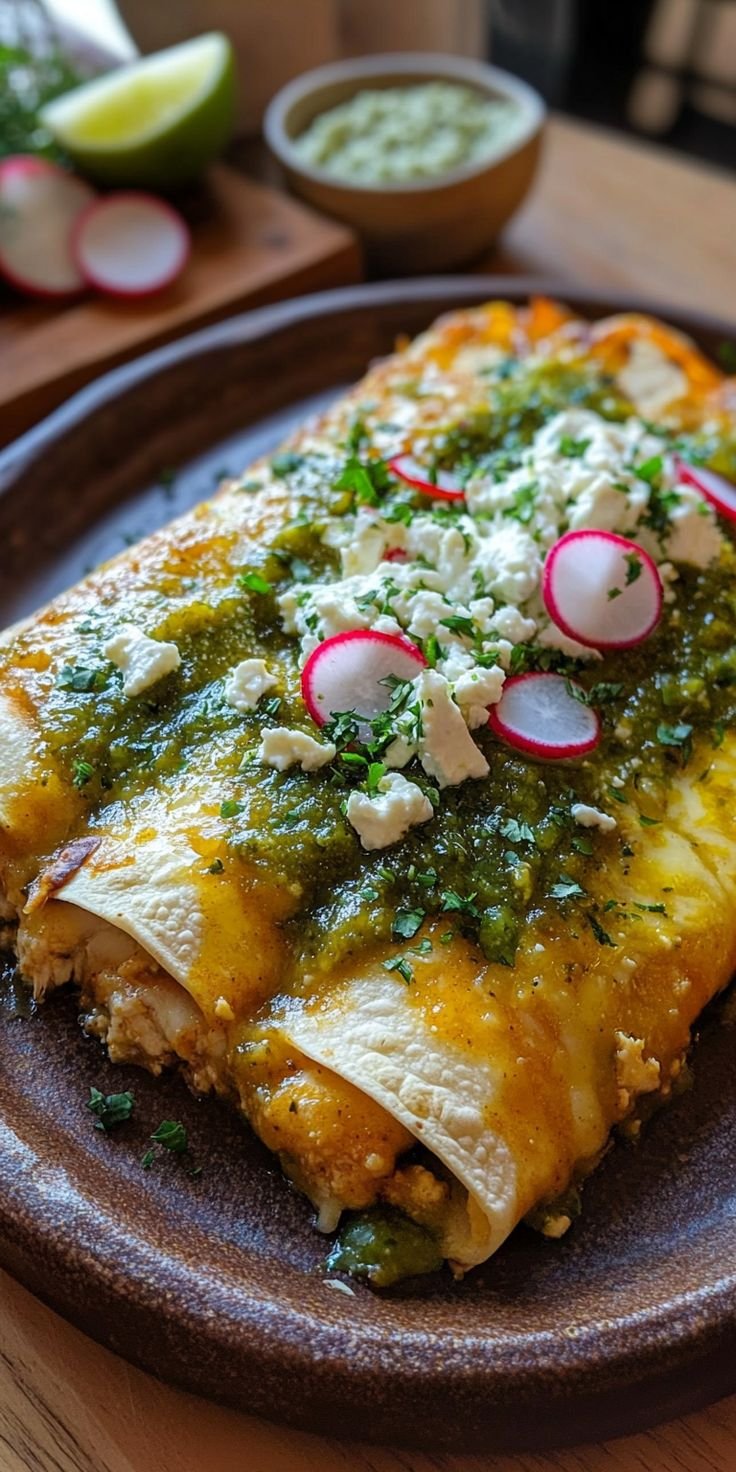
Food and Drink
Peru’s food scene is a revelation, celebrated worldwide for its creativity, bold flavors, and deep roots in both indigenous and international traditions. Eating your way across Peru is a journey through the country’s history, geography, and culture.
Peruvian Cuisine: A Culinary Melting Pot
Peru’s cuisine is shaped by its diverse landscapes and cultural influences. From the Pacific coast to the Andes and the Amazon, each region brings its own ingredients and specialties. The result is a fusion of indigenous, Spanish, African, Chinese, and Japanese flavors—a true culinary melting pot.
Must-Try Dishes
- Ceviche: Peru’s national dish, ceviche is made from fresh raw fish marinated in lime juice, spiced with ají peppers, and served with sweet potato, corn, and crunchy cancha (toasted corn). Lima’s seaside cevicherías are legendary, but you’ll find excellent versions along the coast and in highland cities.
- Lomo Saltado: A stir-fry that blends Chinese and Peruvian flavors, lomo saltado features strips of beef sautéed with onions, tomatoes, and peppers, served with rice and fries.
- Aji de Gallina: This comforting dish combines shredded chicken in a creamy, mildly spicy sauce made from ají amarillo peppers, cheese, and walnuts, served over potatoes and rice.
- Cuy (Guinea Pig): A traditional Andean delicacy, cuy is often roasted or fried and served whole, especially in Cusco and the Sacred Valley. It’s a must-try for adventurous eaters.
- Anticuchos: Grilled skewers of marinated beef heart, a popular street food, especially in Lima and Arequipa.
Street Food and Markets
Peru’s markets are a feast for the senses. In Lima’s Surquillo or Cusco’s San Pedro market, you’ll find everything from exotic Amazonian fruits to freshly baked empanadas. Street food is everywhere—try picarones (sweet potato doughnuts), tamales, or a glass of chicha morada, a sweet purple corn drink. For breakfast, sample pan con chicharrón (pork sandwich) or a tamal with coffee.
Fine Dining and Contemporary Cuisine
Lima is a global culinary capital, home to several restaurants ranked among the world’s best. Chefs like Gastón Acurio and Virgilio Martínez have put Peruvian cuisine on the map, blending traditional ingredients with avant-garde techniques. Even if you don’t snag a reservation at a top spot, you’ll find excellent contemporary Peruvian food in cities across the country, from Arequipa’s picanterías to Cusco’s fusion bistros.
Drinks and Nightlife
- Pisco Sour: Peru’s signature cocktail, made with pisco (a grape brandy), lime juice, egg white, and bitters. Many hotels and bars offer pisco sour lessons or tastings.
- Chicha: A traditional corn beer, chicha de jora is brewed in the Andes and often enjoyed in local chicherías.
- Craft Beer and Wine: Peru’s craft beer scene is booming, especially in Lima and Arequipa. The country also produces excellent wines, particularly from the Ica region.
Dietary Needs and Tips
Vegetarians and vegans will find plenty of options, especially in tourist centers. Quinoa, potatoes, corn, and beans are staples, and many restaurants offer creative meat-free dishes. Always ask about ingredients if you have allergies, as peanuts and dairy are common in sauces and desserts.
Food Safety
Stick to bottled or filtered water, and eat at busy, reputable establishments to minimize the risk of foodborne illness. In markets, look for vendors with high turnover and freshly prepared dishes.
Culinary Experiences
- Take a cooking class in Lima or Cusco to learn the secrets of ceviche or causa.
- Visit a local market with a guide to discover new ingredients and sample regional specialties.
- Join a pisco tasting or chocolate-making workshop for a hands-on taste of Peru’s artisanal traditions.
From humble market stalls to world-class restaurants, food and drink are at the heart of the Peruvian experience. Every meal is an invitation to explore the country’s rich history, diverse landscapes, and warm hospitality.
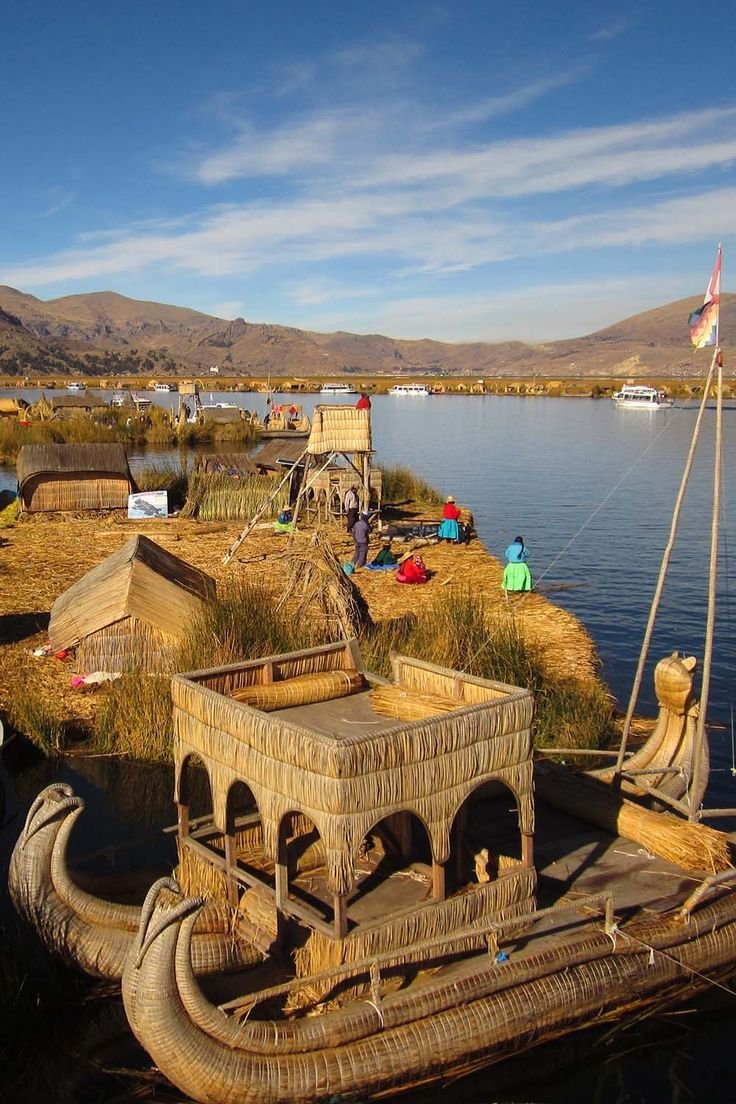
Must-See Attractions
Peru is a land where ancient wonders, vibrant cities, and breathtaking natural landscapes converge to create a truly unforgettable travel experience. In 2025, the country’s top attractions promise to captivate every kind of traveler, from history buffs and culture seekers to adventure lovers and nature enthusiasts.
Machu Picchu
No list of must-see attractions in Peru is complete without Machu Picchu. Perched high in the Andes at 2,430 meters, this iconic Incan citadel is one of the world’s most famous archaeological sites. Whether you arrive via the legendary Inca Trail, take the scenic train from Cusco, or hike up the steep steps to the Sun Gate, the first glimpse of Machu Picchu’s mist-shrouded terraces and temples is nothing short of magical. The site’s mystery, history, and dramatic setting make it a bucket-list destination for travelers from around the globe.
The Sacred Valley
Stretching between Cusco and Machu Picchu, the Sacred Valley is a lush corridor dotted with ancient ruins, traditional Andean villages, and colorful markets. Highlights include the fortress of Ollantaytambo, the terraced ruins of Pisac, and the weaving community of Chinchero. The valley is also home to glacial lagoons like Lake Humantay and offers a gateway to multi-day treks through the Andes. The combination of history, living culture, and jaw-dropping scenery makes the Sacred Valley a must-visit.
Cusco
Once the capital of the Inca Empire, Cusco is now a UNESCO World Heritage city that blends pre-Columbian and colonial architecture. Wander its cobbled streets to discover ancient stone walls, vibrant plazas, and the impressive Cathedral of Santo Domingo. Cusco is also the jumping-off point for many adventures in the region and offers a lively atmosphere with museums, artisan markets, and a thriving food scene.
Lima
Peru’s capital is a dynamic metropolis perched on the Pacific coast. Lima’s historic center is a treasure trove of baroque cathedrals, colonial mansions, and the eerie San Francisco Catacombs. The city’s neighborhoods each have their own flavor: Miraflores boasts ocean views and trendy cafes, while Barranco is the bohemian heart, filled with street art, galleries, and live music. Lima is also renowned as South America’s culinary capital, home to some of the world’s top restaurants.
Lake Titicaca
Straddling the border between Peru and Bolivia, Lake Titicaca is the highest navigable lake in the world. The Peruvian side, centered around the city of Puno, is famous for its floating Uros Islands—handmade from reeds by indigenous communities. Visiting the lake offers a unique chance to experience traditional Andean life, explore Taquile and Amantani islands, and witness stunning high-altitude sunsets.
Arequipa and Colca Canyon
Arequipa, known as the “White City” for its volcanic stone architecture, is a charming city with a rich colonial heritage. The nearby Colca Canyon is one of the deepest canyons on earth and a top spot for spotting majestic Andean condors gliding on thermal currents. Adventurers can hike the canyon’s trails, soak in hot springs, and visit traditional villages along the way.
Huacachina Oasis
Hidden among the towering dunes of the Ica Desert, Huacachina is a surreal oasis town surrounded by palm trees and a shimmering lagoon. The area is famous for sandboarding and thrilling dune buggy rides, offering a unique adrenaline rush in a spectacular setting.
Nazca Lines
The mysterious Nazca Lines, etched into the desert floor over 1,500 years ago, remain one of Peru’s greatest enigmas. Best seen from the air, these enormous geoglyphs depict animals, plants, and geometric shapes. An aerial tour offers a fascinating glimpse into the country’s ancient past.
The Amazon Rainforest
For nature lovers, the Peruvian Amazon is a biodiversity hotspot teeming with wildlife. Accessible from Iquitos or Puerto Maldonado, the jungle offers everything from luxury eco-lodges to rustic river expeditions. Guided excursions reveal monkeys, macaws, pink dolphins, and medicinal plants, while night walks and canopy towers provide immersive jungle experiences.
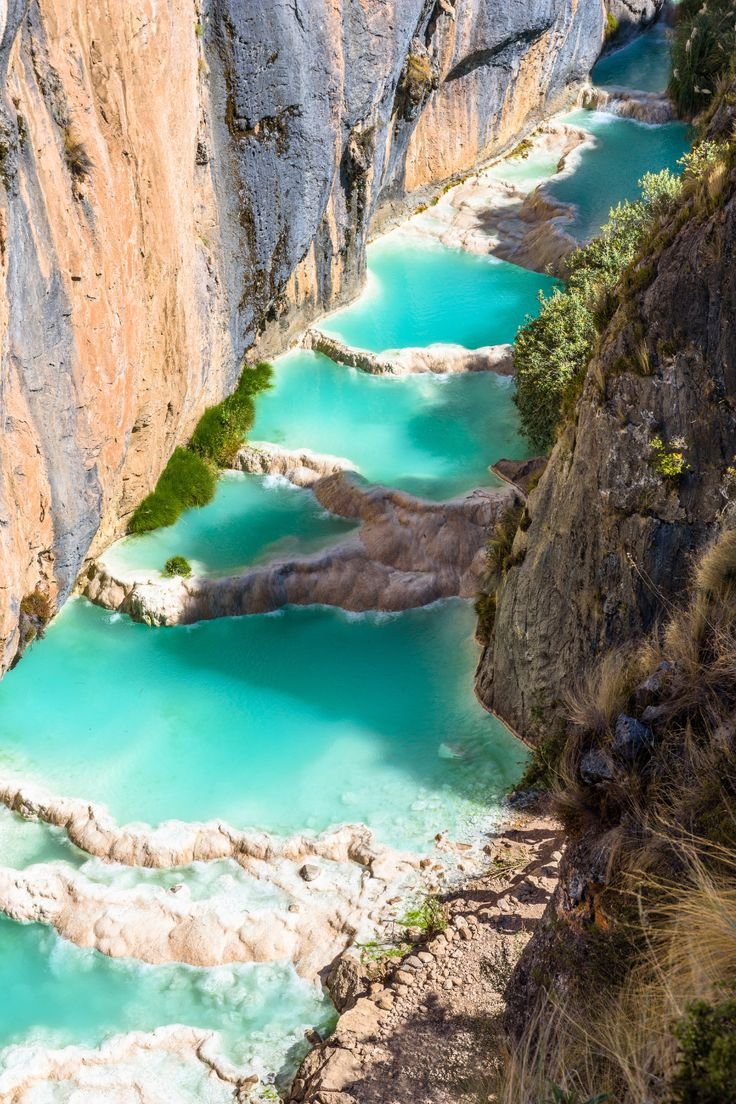
Must-Do Activities
Peru’s diverse geography and rich culture make it a playground for adventure, discovery, and authentic experiences. Here are the top activities you shouldn’t miss in 2025:
Trekking the Inca Trail
The classic four-day trek to Machu Picchu is one of the world’s most iconic hikes. Traversing cloud forests, ancient ruins, and breathtaking mountain passes, the journey is as rewarding as the destination. Alternative treks like the Salkantay or Lares routes offer different perspectives and fewer crowds.
Exploring Local Markets
From Cusco’s San Pedro Market to Pisac’s vibrant artisan stalls, Peru’s markets are brimming with colorful textiles, handicrafts, and fresh produce. Shopping here is a feast for the senses and a great way to support local communities.
Sampling Peruvian Cuisine
Join a cooking class in Lima or Cusco to learn the secrets of ceviche, lomo saltado, or causa. Food tours and pisco tastings are also popular, letting you dive into Peru’s world-renowned gastronomy.
Sandboarding and Dune Buggying in Huacachina
Race across the giant dunes of Huacachina on a sandboard or hop into a dune buggy for a heart-pounding ride. The oasis is also a great place to relax by the lagoon or watch the sunset over the desert.
Kayaking and Island-Hopping on Lake Titicaca
Paddle among the floating Uros Islands or take a boat to Taquile and Amantani to experience traditional island life. Overnight homestays offer a unique cultural exchange and insight into Andean customs.
Wildlife Watching in the Amazon
Join guided jungle walks, canoe trips, and night safaris to spot monkeys, sloths, caimans, and exotic birds. Many lodges offer canopy walks and visits to local communities for a deeper understanding of Amazonian life.
Surfing Peru’s Pacific Coast
Peru’s beaches are legendary among surfers, with world-class breaks at Chicama, Lobitos, and Punta Hermosa. Whether you’re a seasoned pro or a beginner, the coast offers waves for every skill level.
White-Water Rafting
The Urubamba and Cotahuasi rivers near Cusco and Arequipa offer thrilling rapids and stunning canyon scenery. Rafting trips range from half-day excursions to multi-day adventures.
Mountain Biking and Zip-Lining
The Sacred Valley and Arequipa regions are fantastic for mountain biking, with trails that wind through ancient ruins and spectacular landscapes. Zip-lining across the valley provides an adrenaline rush and panoramic views.
Paragliding Over Lima
For a bird’s-eye perspective of the capital, try paragliding off the cliffs of Miraflores. Soaring above the Pacific Ocean with the city skyline behind you is an unforgettable experience.
Visiting the Nazca Lines
Take a small plane over the Nazca Desert to marvel at the mysterious geoglyphs below—a must for archaeology and history enthusiasts.
Immersing in Festivals and Traditions
Time your visit to coincide with one of Peru’s vibrant festivals, such as Inti Raymi in Cusco or the Virgen de la Candelaria in Puno. These events offer a window into Peru’s rich cultural heritage, with music, dance, and colorful costumes.
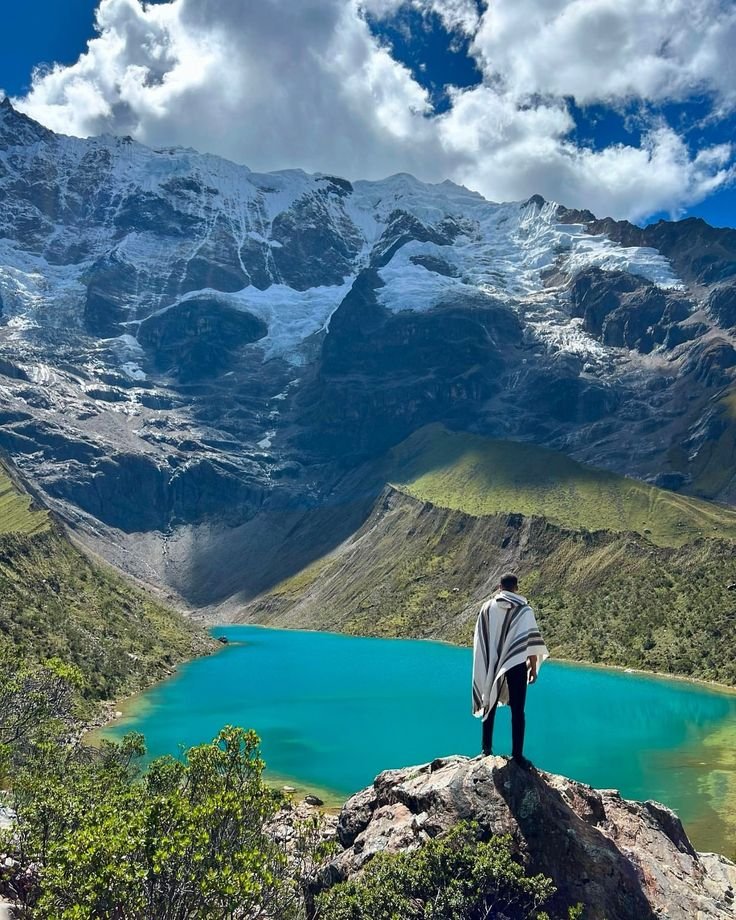
Travel Tips
Traveling to Peru in 2025 offers an incredible journey through stunning landscapes, ancient cultures, and vibrant cities, but like any international destination, it requires some thoughtful preparation. Understanding safety considerations, respecting local customs, and learning basic language skills will enrich your experience and help you navigate Peru confidently. Here’s a detailed guide with essential travel tips for your Peruvian adventure.
Safety Advice
General Safety Overview
Peru is generally safe for tourists, especially in popular destinations like Lima, Cusco, the Sacred Valley, Machu Picchu, Arequipa, and Lake Titicaca. However, petty crime such as pickpocketing and bag snatching is common, particularly in crowded areas, markets, and on public transportation. Violent crime against tourists is rare but can occur, so vigilance is necessary.
Tips to Stay Safe
- Keep Valuables Secure: Avoid displaying expensive jewelry, cameras, or smartphones openly. Use a money belt or hidden pouch and carry only what you need for the day. Thieves often operate in pairs or groups using distractions like bumping into you to steal your belongings.
- Use Official Transport: Avoid hailing taxis on the street, especially at night. Instead, use official taxi services, ridesharing apps like Uber, or pre-arranged transportation. Public buses can be risky due to theft and unsafe driving practices, so choose reputable bus companies for intercity travel.
- Be Cautious at Night: Stay in well-lit, busy areas after dark. Neighborhoods like Miraflores and Barranco in Lima are safer and lively at night, but avoid walking alone in less populated areas.
- Stay Alert in Crowds: Tourist spots and markets are hotspots for pickpockets. Keep your bag zipped and close to your body, and avoid distractions from strangers.
- Health Precautions: Vaccinations for hepatitis A and B, typhoid, and routine childhood immunizations are recommended. Altitude sickness medication is essential if visiting highland areas like Cusco or Lake Titicaca. Use insect repellent to prevent mosquito-borne illnesses, especially in the Amazon region.
- Natural Disaster Awareness: Peru is prone to earthquakes, landslides, and flooding, particularly during the rainy season (November to April). Coastal areas may have tsunami warnings. Keep informed about weather conditions and follow local advice.
- Avoid Drugs: Drug use is illegal and heavily penalized. Avoid any involvement with drugs to prevent legal troubles.
- Travel Insurance: Always purchase comprehensive travel insurance covering theft, medical emergencies, and trip cancellations. It provides peace of mind and financial protection.
Transportation Safety
Driving in Peru can be challenging due to road conditions and traffic behavior. If renting a car, ensure you have an International Driving Permit, liability insurance, and avoid driving at night. Use seatbelts, and choose larger, safer vehicles when possible.
Local Customs
Respect for Culture and Traditions
Peru is a country with deep indigenous roots and a rich colonial history. Respect for local customs and traditions is appreciated and enhances your experience.
- Greetings: A polite handshake or a light cheek kiss is common when meeting someone. Use formal titles like Señor or Señora unless invited to use first names.
- Dress Modestly: Especially in rural or religious areas, dress conservatively out of respect. Bright colors are appreciated in traditional clothing, but tourists should avoid overly casual or revealing attire.
- Photography Etiquette: Always ask permission before photographing people, especially indigenous communities. Some may request a small tip as thanks.
- Tipping: Tipping is customary but not mandatory. In restaurants, leaving 10% is typical if service is not included. For guides, drivers, and hotel staff, small tips are appreciated.
- Language and Communication: Peruvians are generally warm and friendly. Learning a few polite phrases in Spanish will go a long way in building rapport.
- Environmental Respect: Peru’s natural sites are fragile. Follow marked trails, avoid littering, and respect wildlife. Support sustainable tourism initiatives whenever possible.
Social Norms
- Punctuality: Peruvians tend to have a relaxed attitude toward time, especially in social settings, but punctuality is expected for tours and official appointments.
- Eating Habits: Meals are social events. Wait for everyone to be served before starting to eat. Saying “buen provecho” (enjoy your meal) to others is polite.
- Gift Giving: If visiting local homes or communities, small gifts like school supplies or sweets are appreciated.
Language Basics
Spanish is the official language and is spoken by the vast majority of Peruvians. Quechua and Aymara are also widely spoken, especially in the Andes and rural areas. English is commonly spoken in tourist areas but less so elsewhere.
Essential Spanish Phrases
- Hola – Hello
- Por favor – Please
- Gracias – Thank you
- ¿Cuánto cuesta? – How much does it cost?
- ¿Dónde está el baño? – Where is the bathroom?
- No entiendo – I don’t understand
- Habla inglés? – Do you speak English?
- Ayuda – Help
- Estoy perdido/a – I’m lost
- Quisiera… – I would like…
Learning these basics will help you navigate markets, restaurants, and transportation more smoothly. Using polite greetings and expressions will also be warmly received.
Language Tips
- Download offline translation apps before your trip to help with communication in areas with limited internet.
- Practice pronunciation to avoid misunderstandings; Peruvians appreciate when visitors make an effort to speak Spanish.
- In rural areas, some Quechua words are useful, such as “Allin” (good) or “Rimaykullayki” (hello).
Final Tips for a Smooth Journey
Traveling in Peru is a rewarding experience when you respect local customs, stay aware of your surroundings, and embrace the country’s unique culture. With a little preparation and an open mind, you’ll find Peru to be a safe, friendly, and fascinating destination in 2025.

